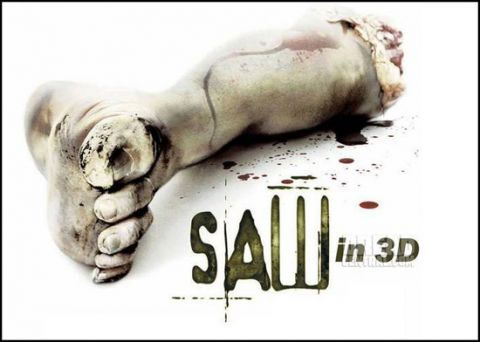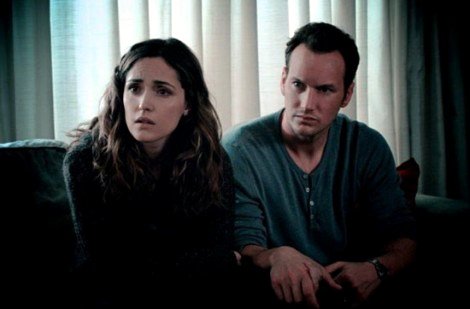Movies are a magical medium that have the power to transport audiences to different worlds, evoke a range of emotions, and bring larger-than-life characters to the screen. But none of this would be possible without the talented actors who bring these characters to life.
From the moment a script is written, to the final cut of a film, actors play a crucial role in the filmmaking process. They are tasked with the responsibility of embodying the characters created by the screenwriter, and bringing them to life in a way that is both captivating and believable.
The process of bringing a character from script to screen is a complex and multi-faceted one. It starts with the actor carefully studying the script, analyzing their character’s motivations, relationships, and emotional journey. They must immerse themselves in the world of the story, in order to fully understand the nuances of the character they are set to play.
Once the actor has a clear understanding of their character, they work closely with the director and other members of the cast and crew to bring the character to life. They undergo rehearsal sessions, where they work on developing the character’s physicality, voice, and emotions. They may also engage in research, such as studying real-life individuals who share similarities with their character, in order to bring authenticity to their performance.
On set, actors are tasked with translating the emotions and experiences of their character from the page to the screen. They must be able to convey complex emotions with nuance and subtlety, in order to create a believable and compelling performance. This requires a deep understanding of their character, as well as strong intuition and emotional intelligence.
In addition to their performance, actors must also collaborate with the director and other members of the cast and crew to ensure that the character is portrayed in a cohesive and consistent manner. This may involve adjusting their performance based on feedback from the director, or working with other actors to create chemistry and authenticity in their scenes together.
Ultimately, the success of a film hinges on the ability of the actors to bring their characters to life in a way that is engaging, authentic, and memorable. When done well, the audience is able to suspend their disbelief and become fully immersed in the world of the story, connecting with the characters on a deep emotional level.
The process of bringing a character from script to screen is a collaborative and creative endeavor that requires talent, skill, and dedication. Movie stars play a vital role in this process, using their craft to breathe life into the characters created by the screenwriter, and bringing them to life in a way that captivates audiences around the world.






